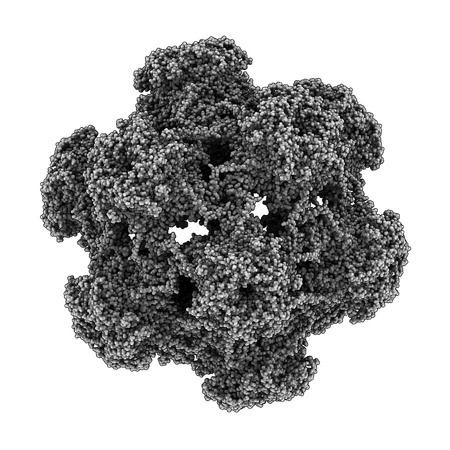 Condyloma acuminata – genital wart – is the most commonly diagnosed sexually transmitted disease in the US. The human papillomavirus (HPV) is responsible for causing genital warts. Virtually all sexually active individuals will eventually contract human papillomavirus but not everyone will develop condyloma acuminata. It is estimated more than half of those who are sexually active will develop genital warts.
Condyloma acuminata – genital wart – is the most commonly diagnosed sexually transmitted disease in the US. The human papillomavirus (HPV) is responsible for causing genital warts. Virtually all sexually active individuals will eventually contract human papillomavirus but not everyone will develop condyloma acuminata. It is estimated more than half of those who are sexually active will develop genital warts.Understanding Condyloma Acuminata
Although there are over 100 different strains of HPV, three strains – HPV-6, HPV-10 and HPV-11 – are responsible for about 90 percent of genital warts. HPV is spread through skin-to-skin contact and can be transmitted through sexual intercourse, oral sex, anal sex and genital contact.
Individuals who carry the virus can pass it to others even when warts are not present. Since the virus sometimes remains latent for years before signs and symptoms develop, it is easily spread through unprotected sex.
Having condyloma acuminata places individuals at risk for ano-genital and head and neck cancers.
Signs and Symptoms of Condyloma Acuminata
Condyloma acuminata appear in the genital region with the gray or flesh-colored warts developing on the labia, vulva, vagina, anus, penis and scrotum. Oral sex with an infected person can cause warts to spread to the mouth or throat.
The warts appear as a single lesion or a cluster. Symptoms are not common, although some infected persons report bleeding with intercourse.
Risk Factors for Condyloma Acuminata
You are more likely to develop condyloma acuminata if you practice unprotected sex with multiple partners or become sexually active at a young age.
Treatment of Condyloma Acuminata
Condyloma acuminata resolves spontaneously in nearly one-third of women within two to three months. But there are numerous treatment options for warts that don’t go away on their own, including:
- Podophyllin – Often the first treatment choice. The medication comes in cream or gel forms that can be applied directly to the warts
- Trichloroacetic acid (TCA) – A chemical applied to external warts that is safe for use in pregnancy
- Imiquimod – A cream that boosts the immune system and has been shown to resolve genital warts in up to 50 percent of patients
- Interferon – A medication injected directly into the condyloma acuminata in your gynecologist’s office
- Cryotherapy – liquid nitrogen that is used to freeze warts
- Excision – surgical removal performed by your OB/GYN
- Electrosurgery – Electrocautery is used to burn away the lesions by your OB/GYN
- Laser therapy – An outpatient treatment therapy that uses intense light beams to destroy the lesions. Usually reserved for the most severe cases because it is both expensive and uncomfortable
Patients should be aware that common over-the-counter wart removers are not appropriate for treatment of condyloma acuminata.
